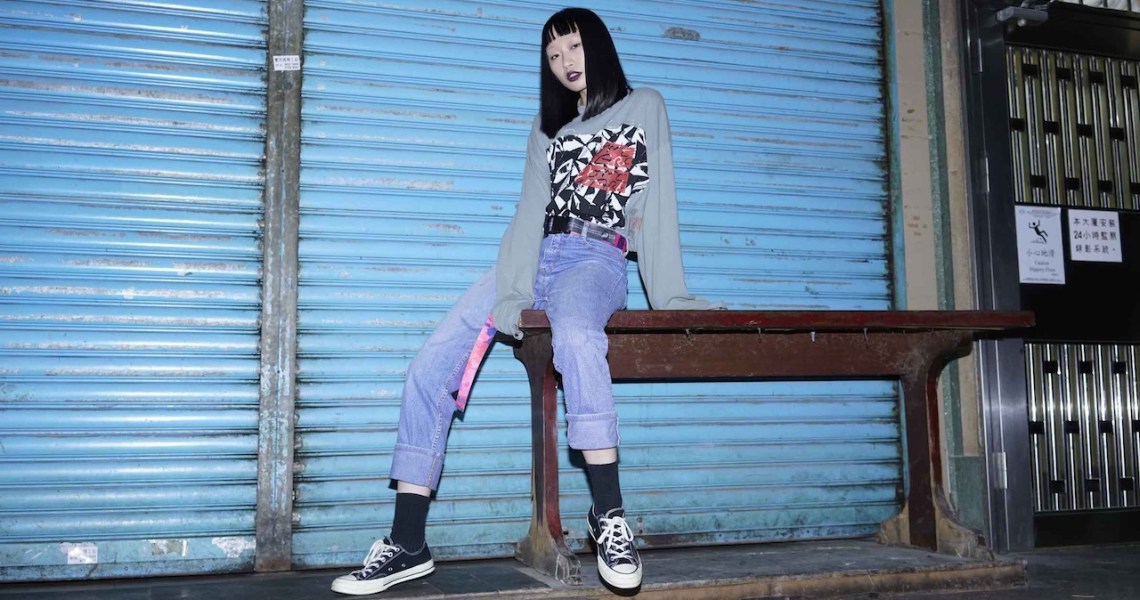The see-now, buy-now business model, allowing customers to buy items as they hit the runway, is undergoing a transformation.
While brands in traditional fashion capitals like the U.S. and Europe are slowly backing away from the idea, brands in emerging markets are embracing it.
In 2016, when brands including Burberry and Rebecca Minkoff started embracing see-now, buy-now, it was heralded as a necessary evolution for fashion’s runway model. The theory was that consumers, which had come to expect the turnaround speed of fast-fashion brands, would start to reject the idea of seeing something on the runway and being unable to purchase it for several months.
But the model never truly caught on, while also never really dying off. Some brands dropped see-now, buy-now completely after being dissatisfied with the results. Tom Ford famously dropped see-now, buy-now after employing it for only a single season, saying that it was causing too many back-end problems in terms of supply and manufacturing.
“I actually don’t believe in [see-now, buy-now],” said Laura Kim, designer at Monse, in an interview with Glossy earlier this month. “It’s a very dangerous decision for a company to make, whether you’re big or small. You’re investing a huge amount of money on just guessing what’s going to work.”
However, in markets outside of big European and American brands, see-now, buy-now is thriving. In Asia, for example, Alibaba-owned retailer Lazada hosted a fashion show earlier this month where customers, both in attendance and watching over livestream, could shop the looks on the runway from Thai brands like Salisa over their mobile devices while the show was on.
Similarly, this October will see the first fully see-now, buy-now fashion event held in the Middle East when Fashion Forward Dubai hosts its annual fashion show, started in 2013. The list of brands and designers joining the show is still to be announced, though past events have included local brands and designers like Amatao and Lara Khoury.
Ad position: web_incontent_pos1
Even Western brands looking to attract shoppers in other markets are seeing the appeal of see-now, buy-now. Reebok, in an attempt to build up its Chinese audience, hosted its first see-now, buy-now show at Shanghai Fashion Week in March. Similarly, Burberry launched a see-now, buy-now exclusive capsule collection through WeChat, a predominately Chinese social media platform, late last year.
Part of the appeal of see-now, buy-now in these markets can be explained by the tendency for consumers in these regions to have a different perspective on traditional six-month lead times and fast fashion.
“What we’ve seen is that in countries in Asia, there is a rapid explosion of demand among the newly moneyed class for fashion goods,” said Jordan Elkind, head of product management at customer analytics company Custora. “For that reason, there’s almost a gold-rush mentality. There’s more of a culture around impulse shopping. The newer the wealthier class, the more emphasis there is on providing a seamless customer experience. That’s something we see in China and India — this intense demand for frictionless, fast shopping.”
But the see-now, buy-now divide is not solely restricted to geography. It’s possible that in the next few years, age may also play a role in how the model evolves.
“The reason for the stagnation is that it’s catering to a luxury consumer base that spans generations,” said Jonathan Treiber, CEO of offer management platform RevTrax. “Its a generational thing. Younger generations have a bit more of that ‘I want it now’ mentality. The older customers have been conditioned to shop in a certain way. The good news for see-now, buy-now is that if it hasn’t died out completely, then it will grow as those younger consumers who engage with it grow into their spending power.”




